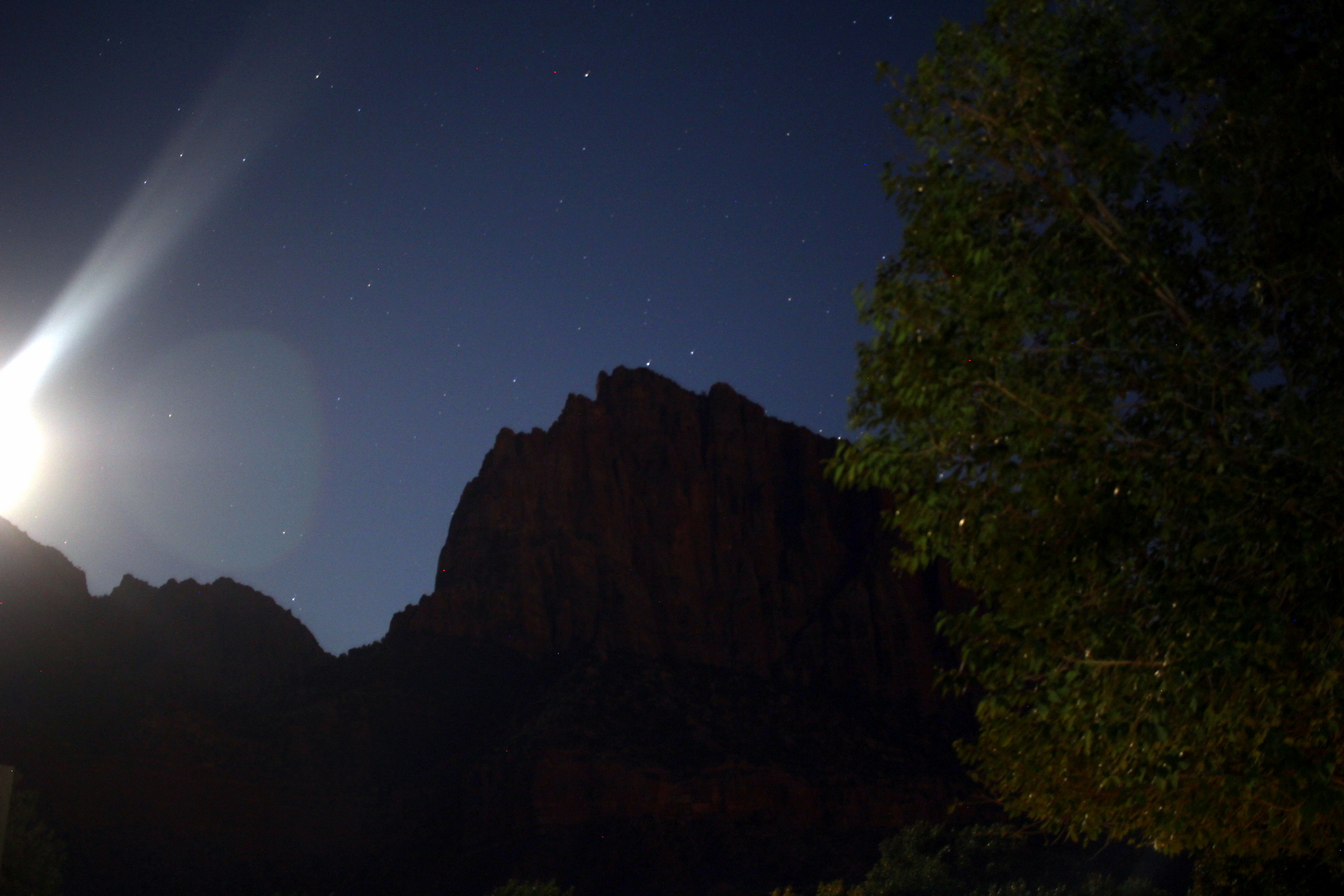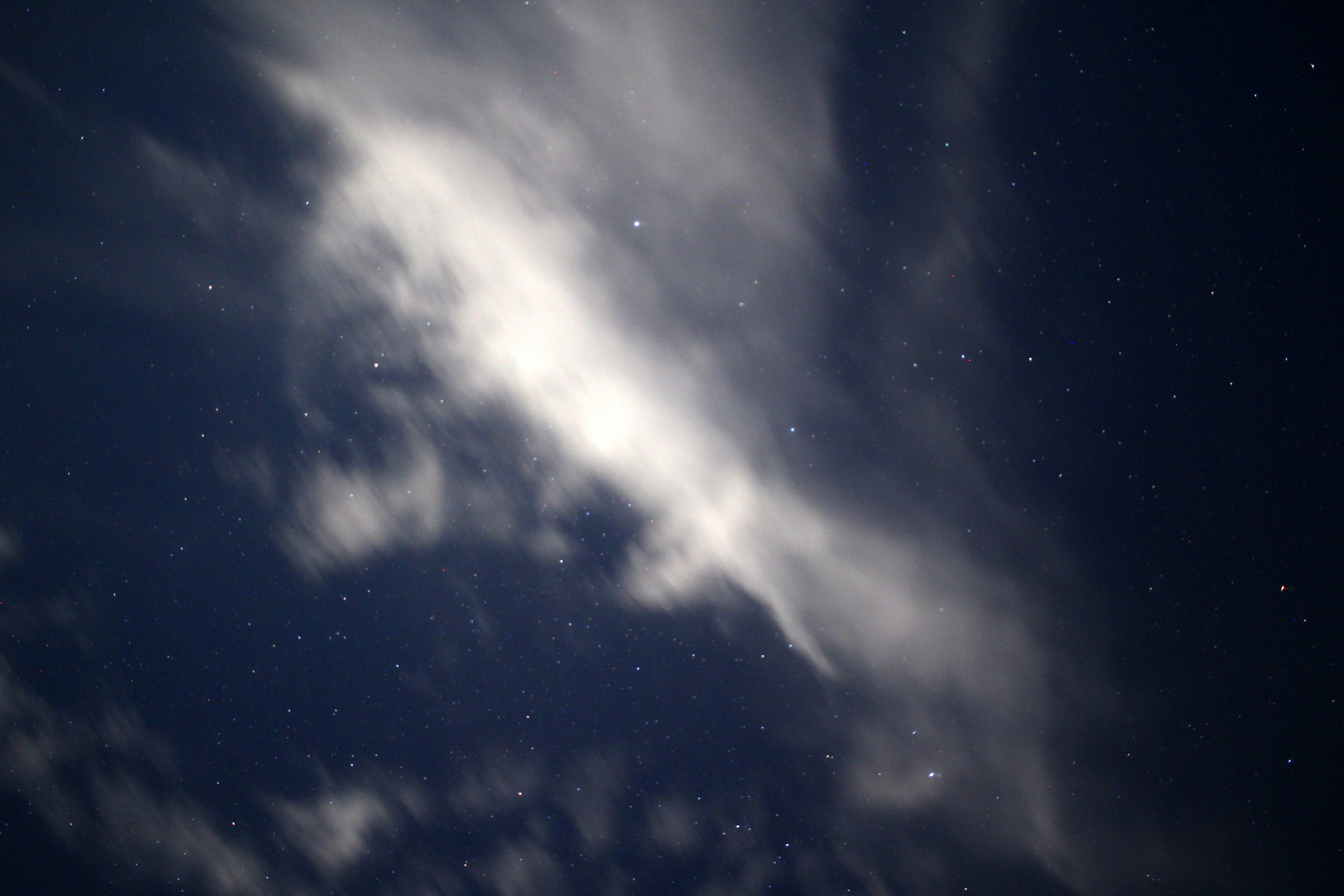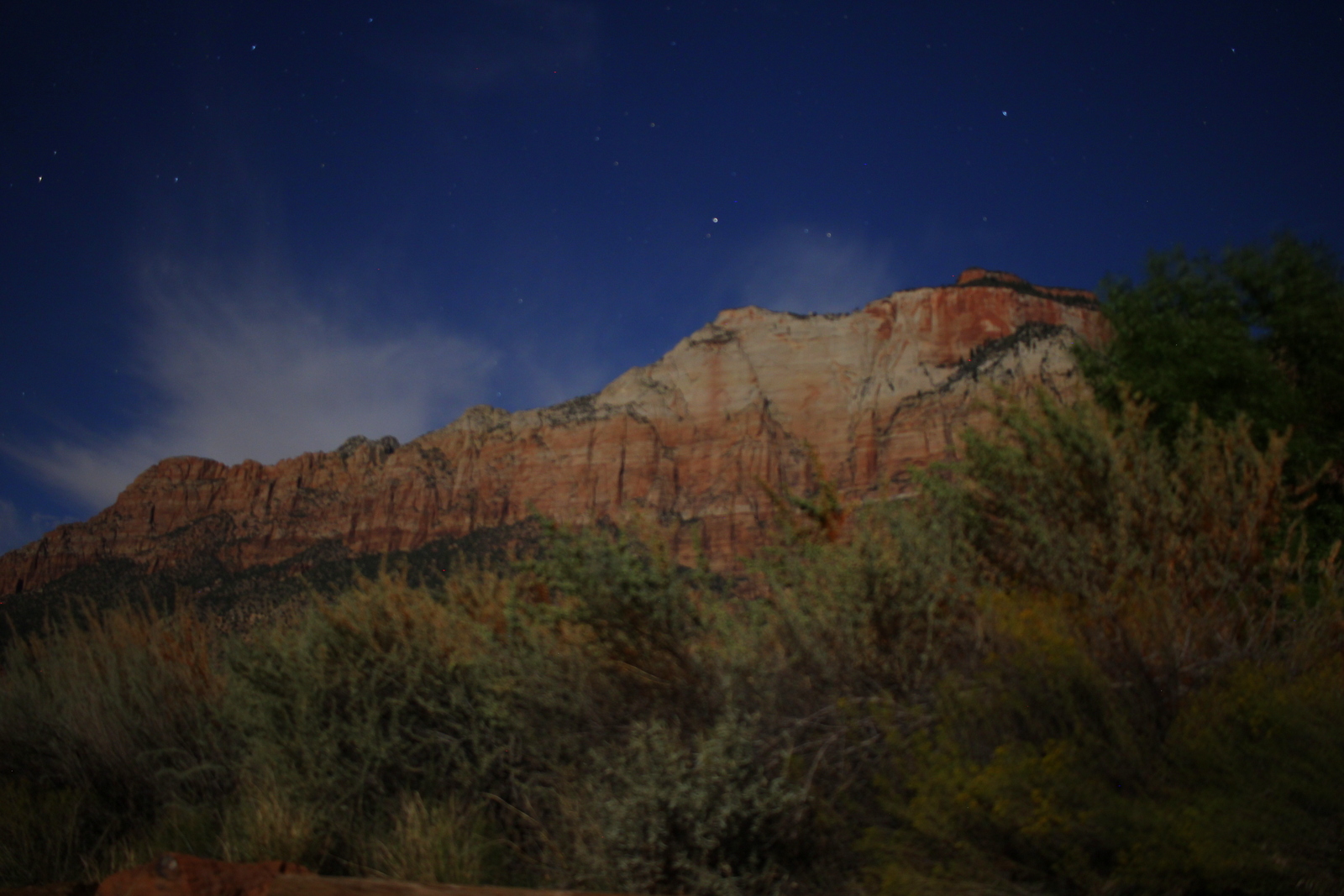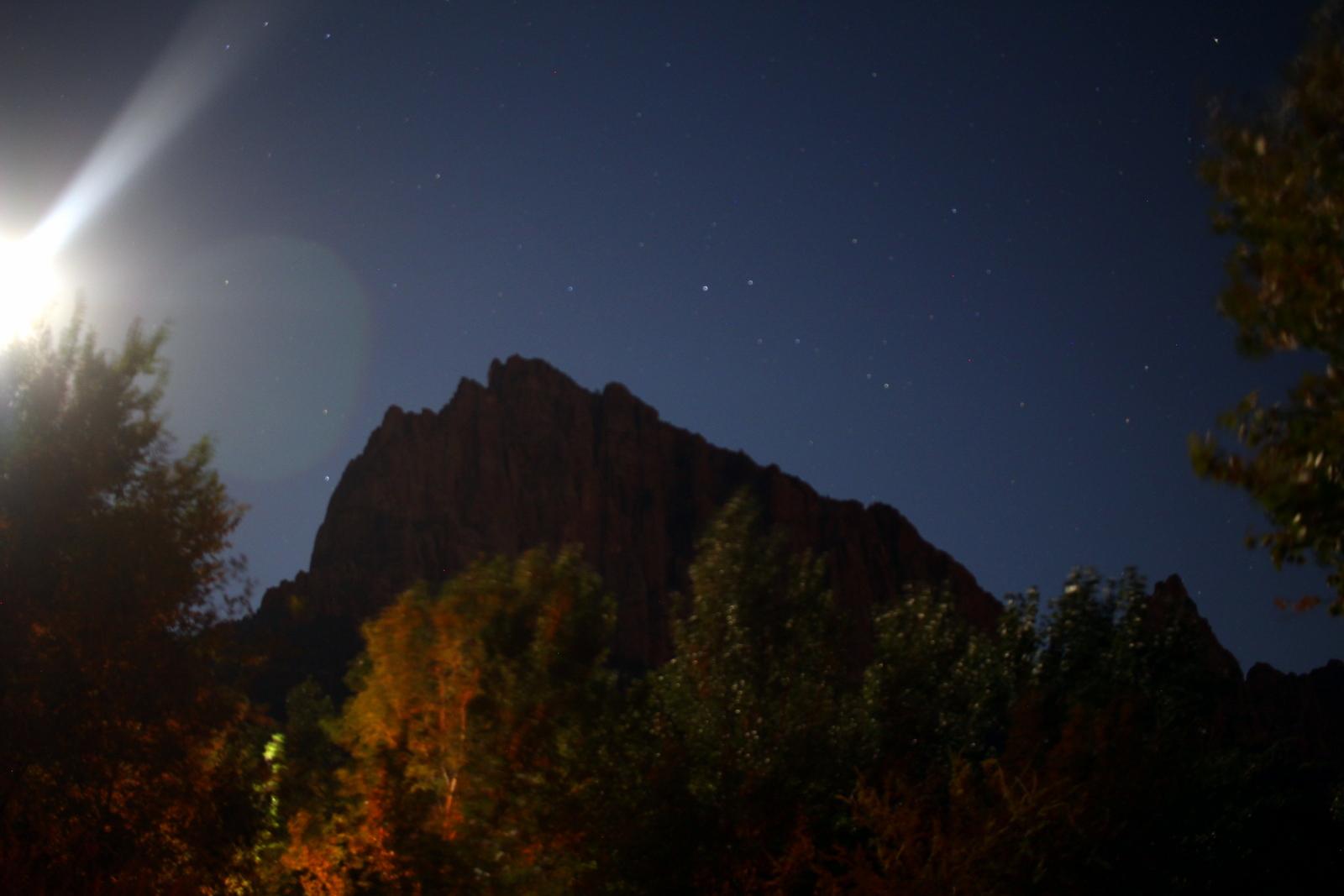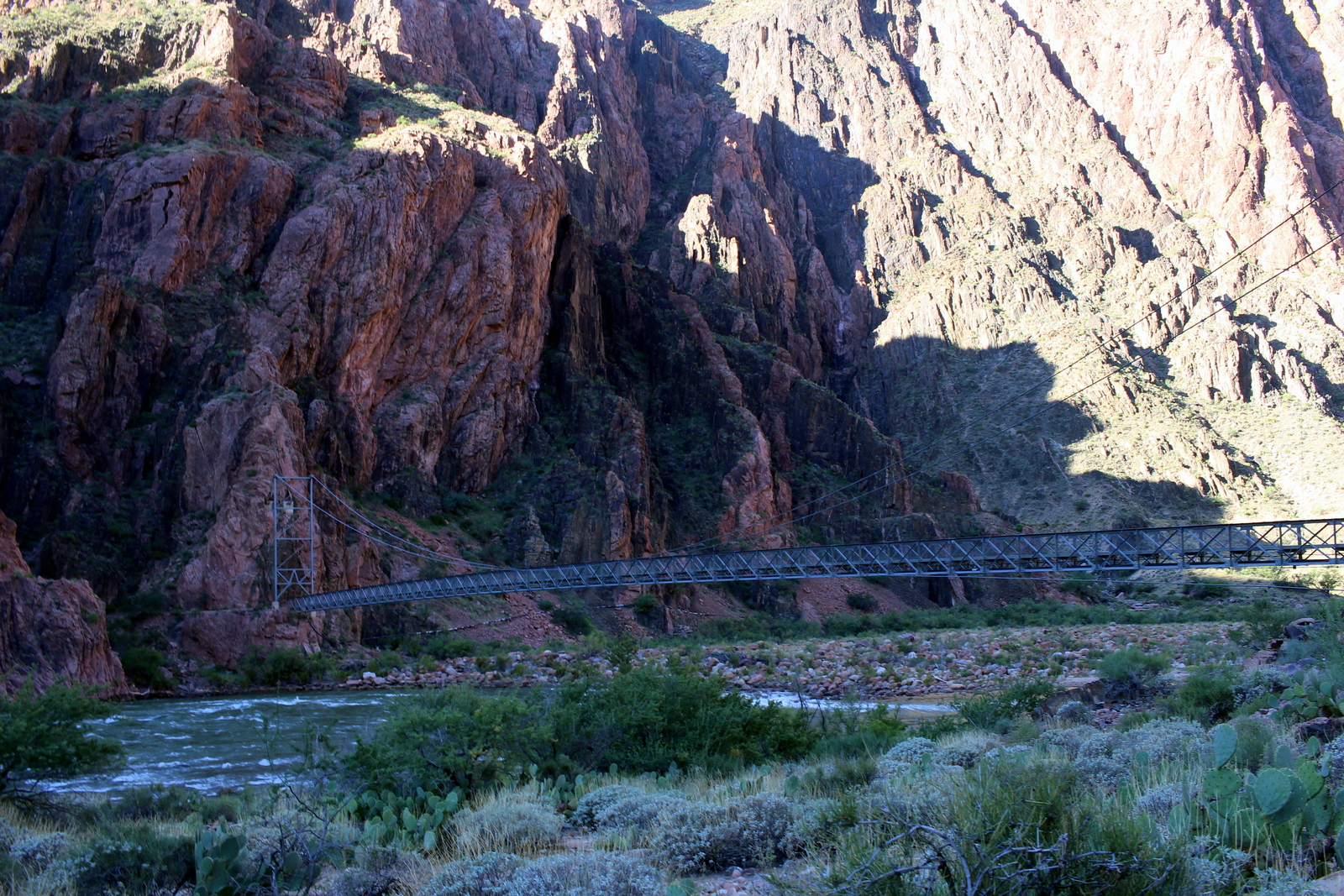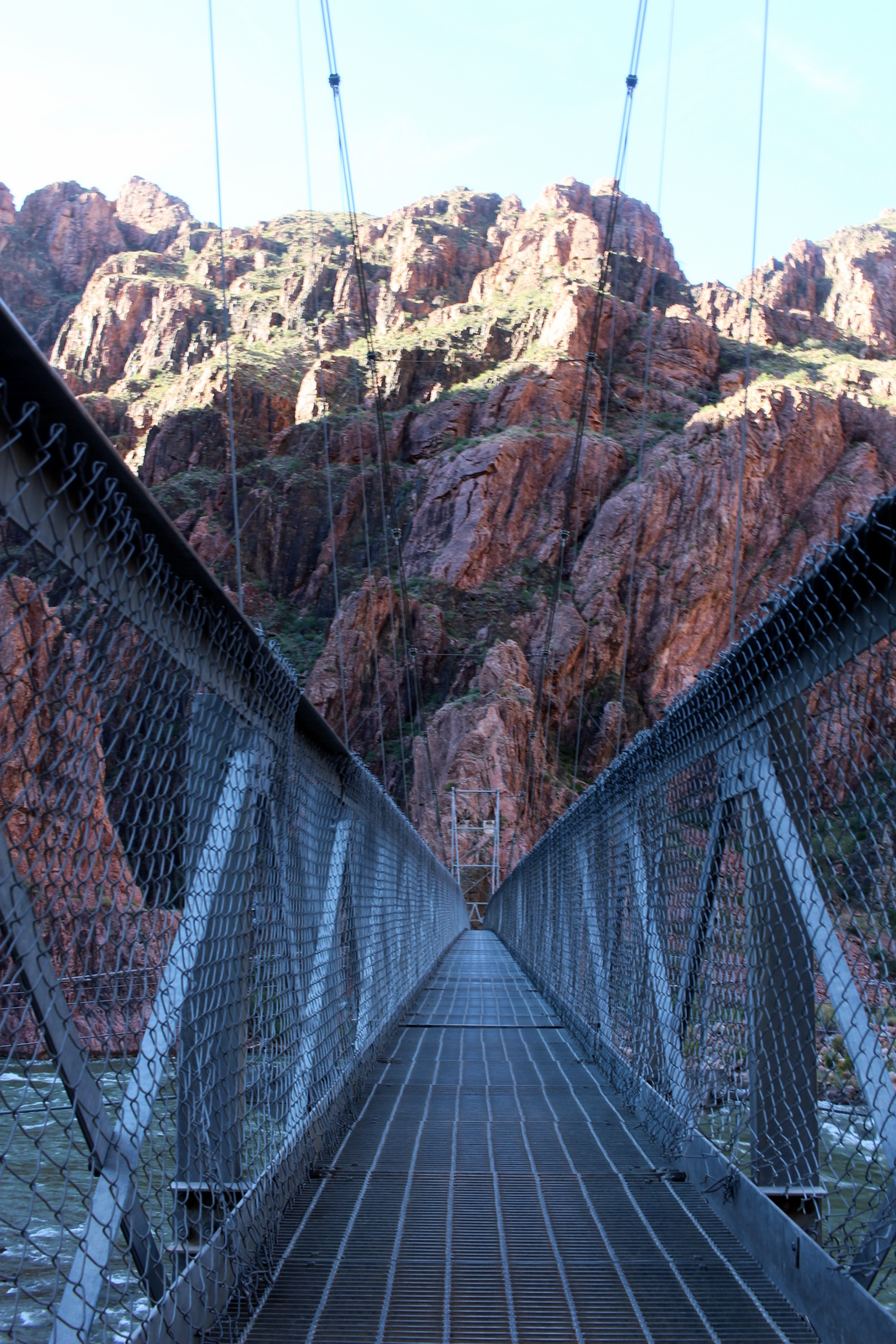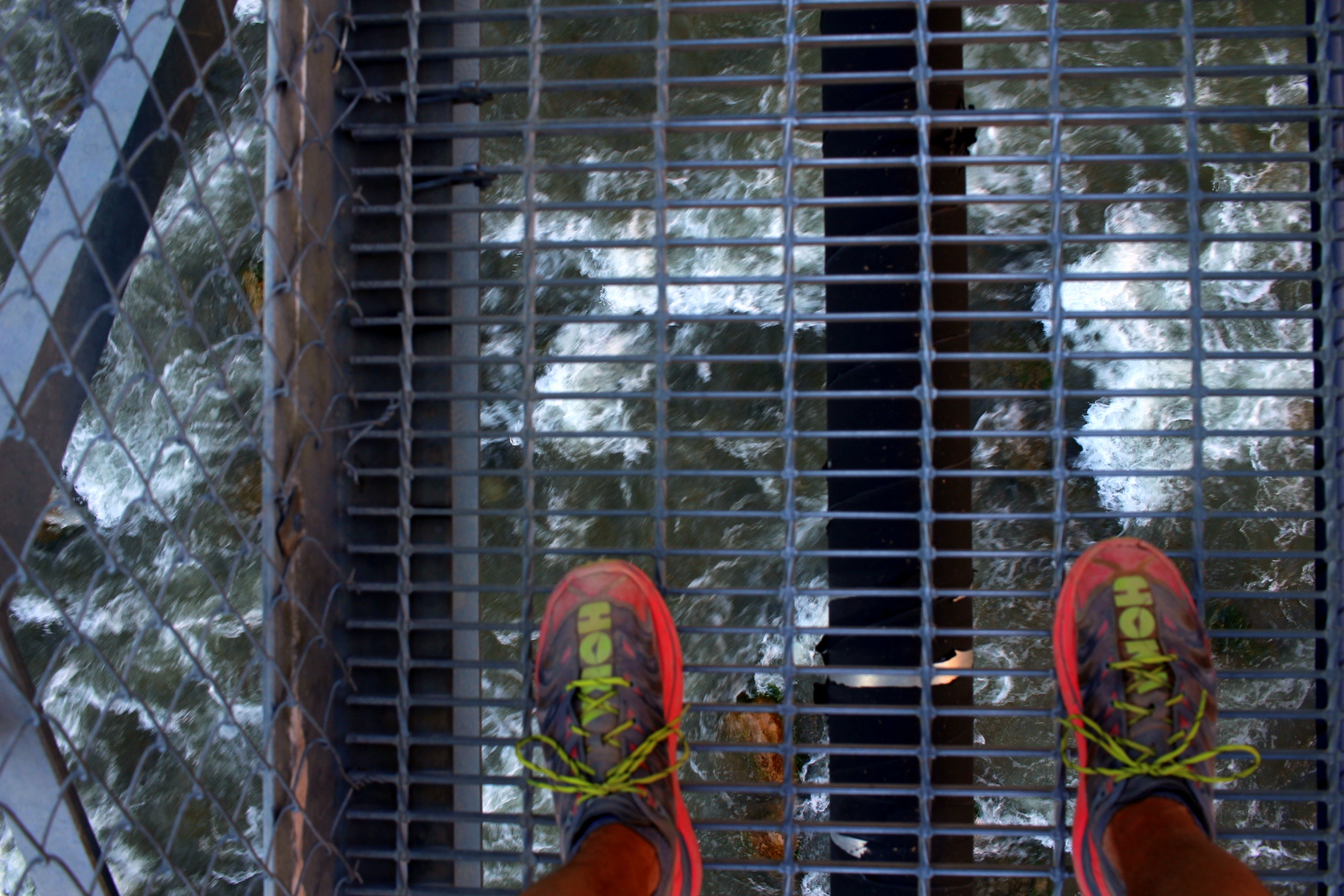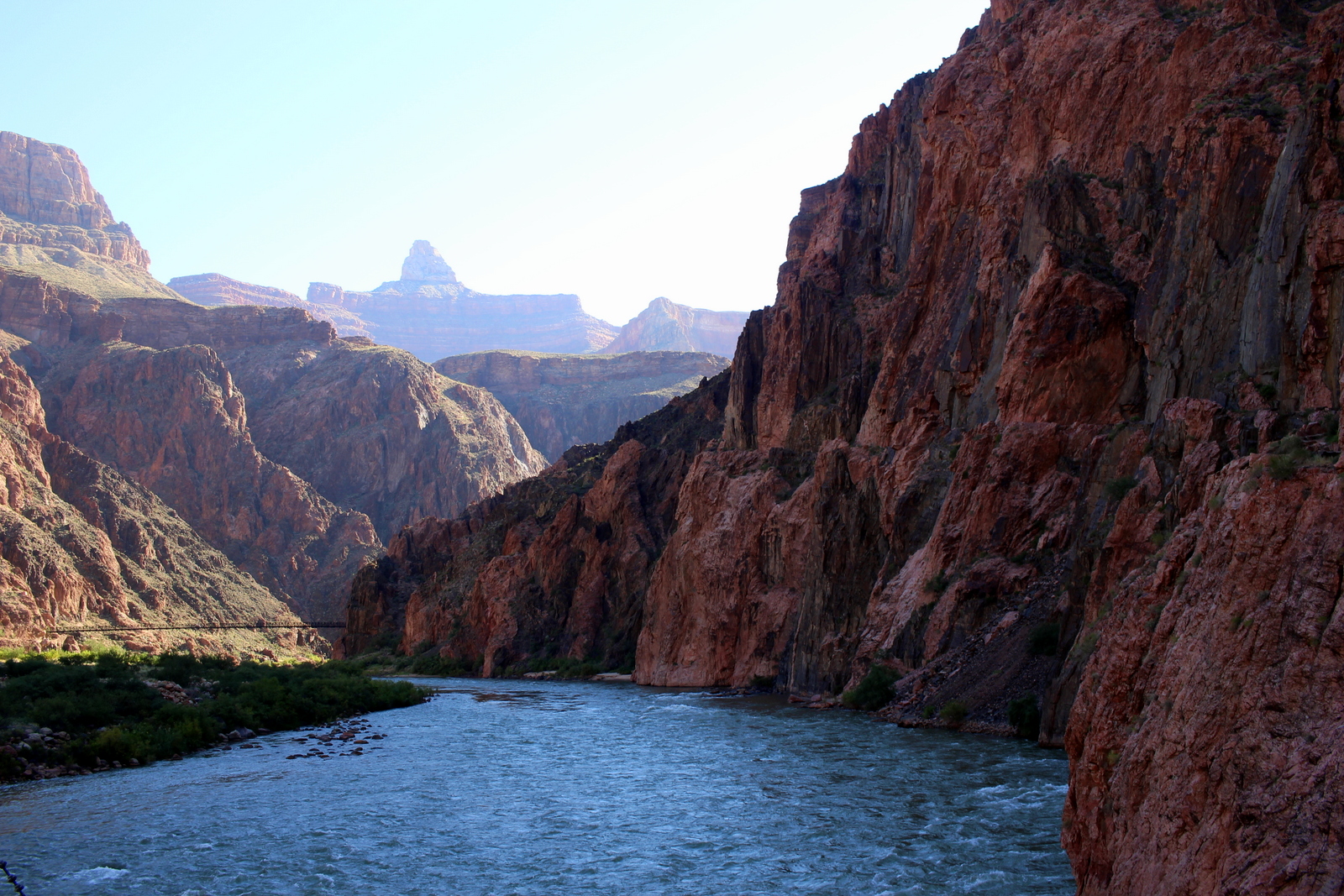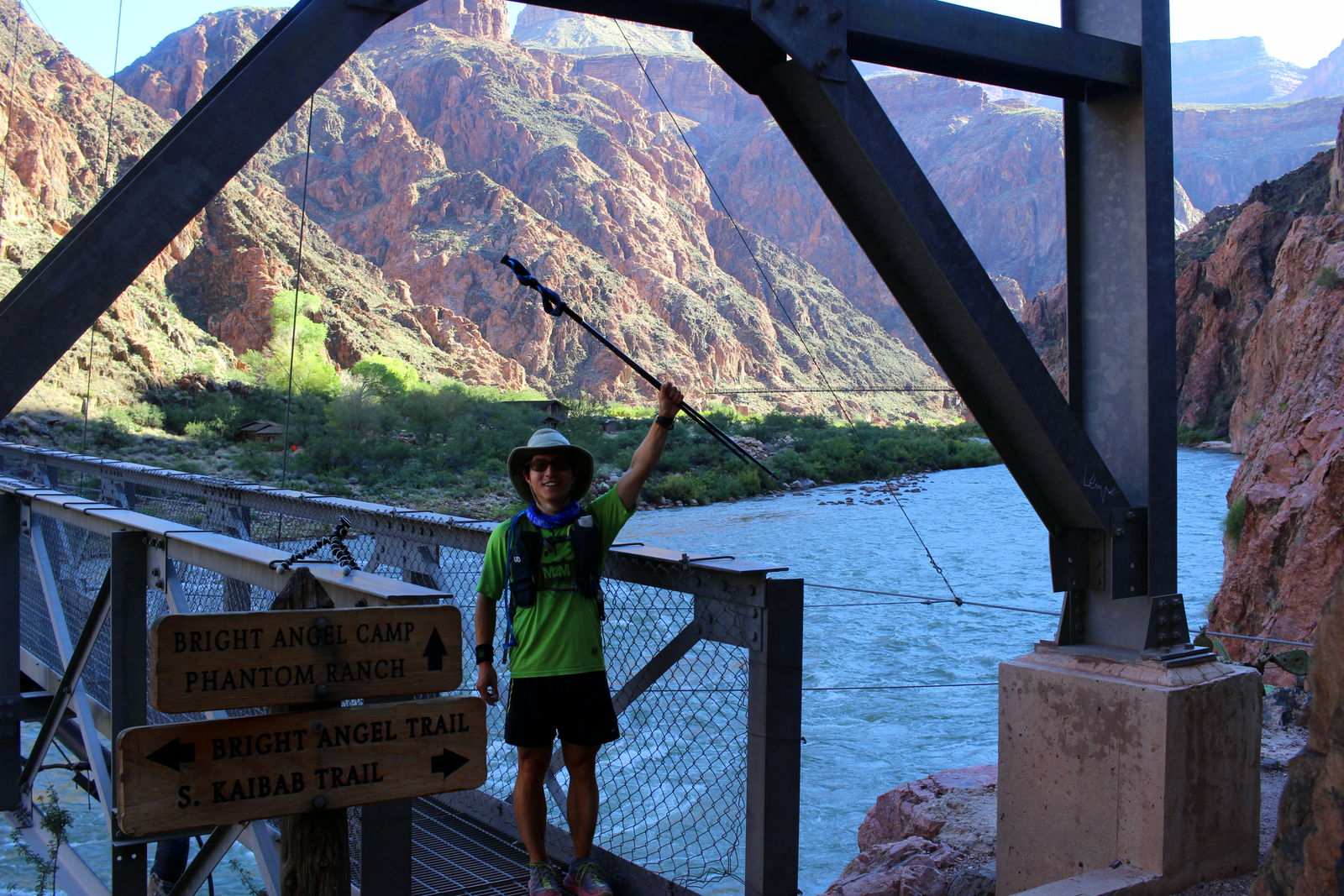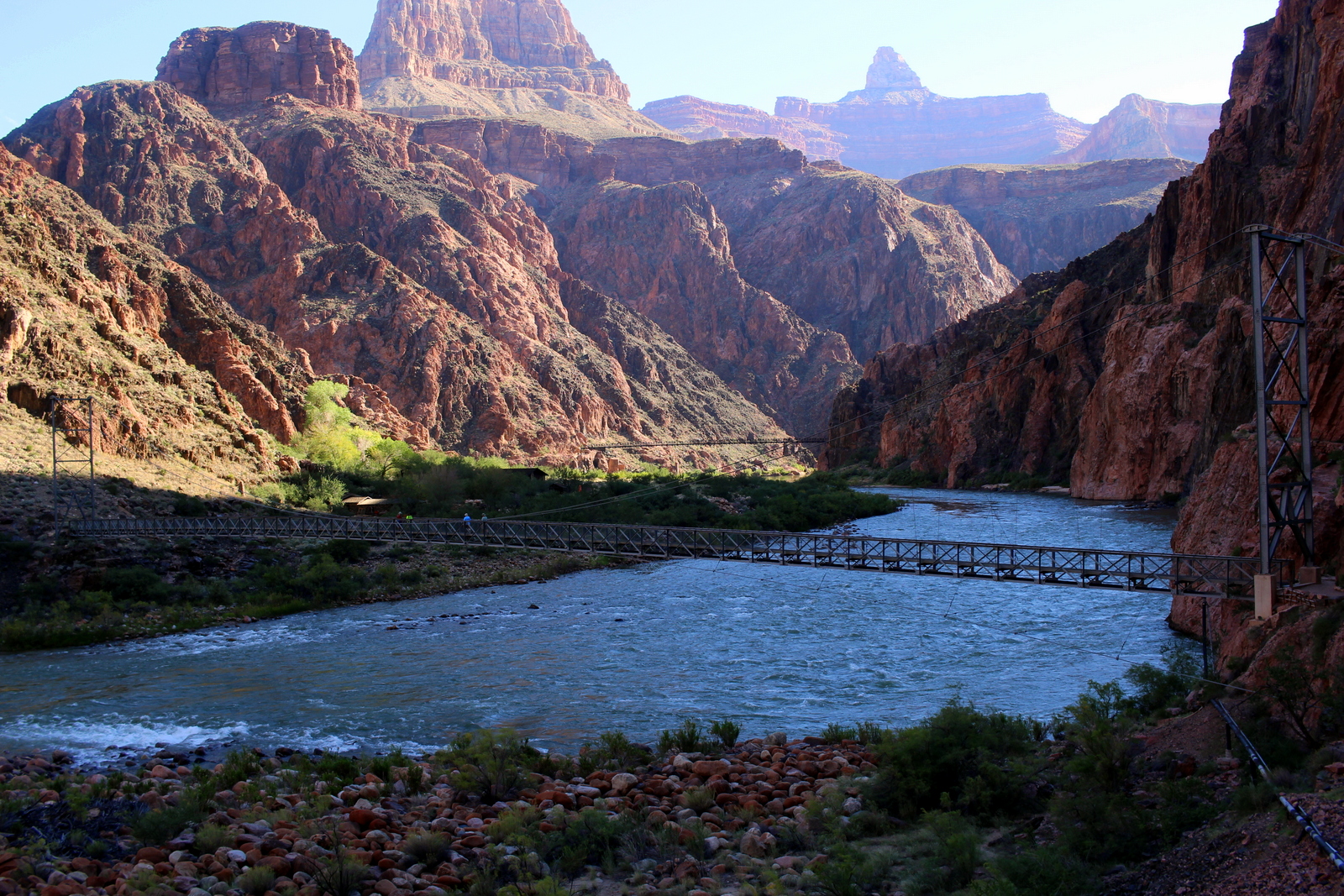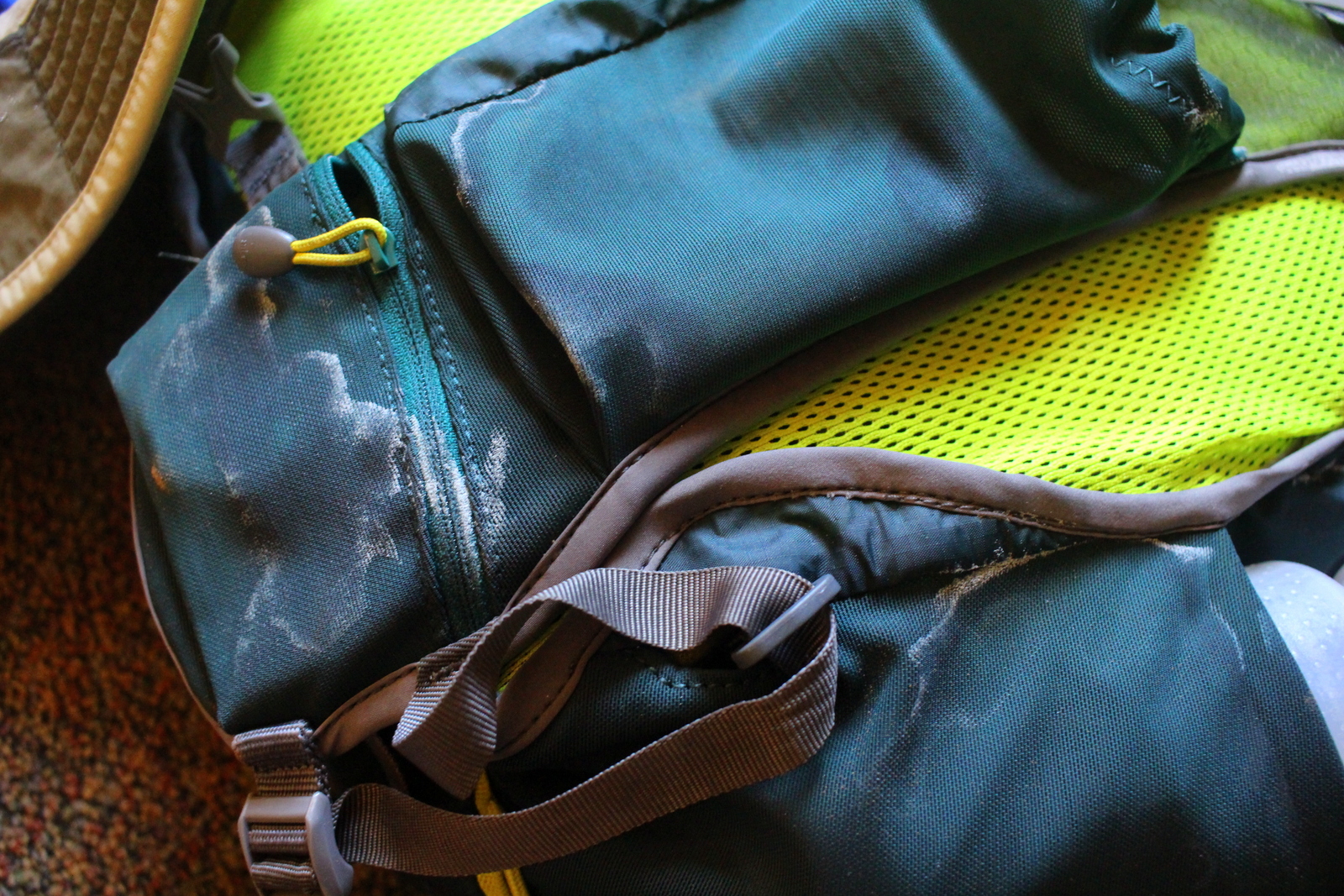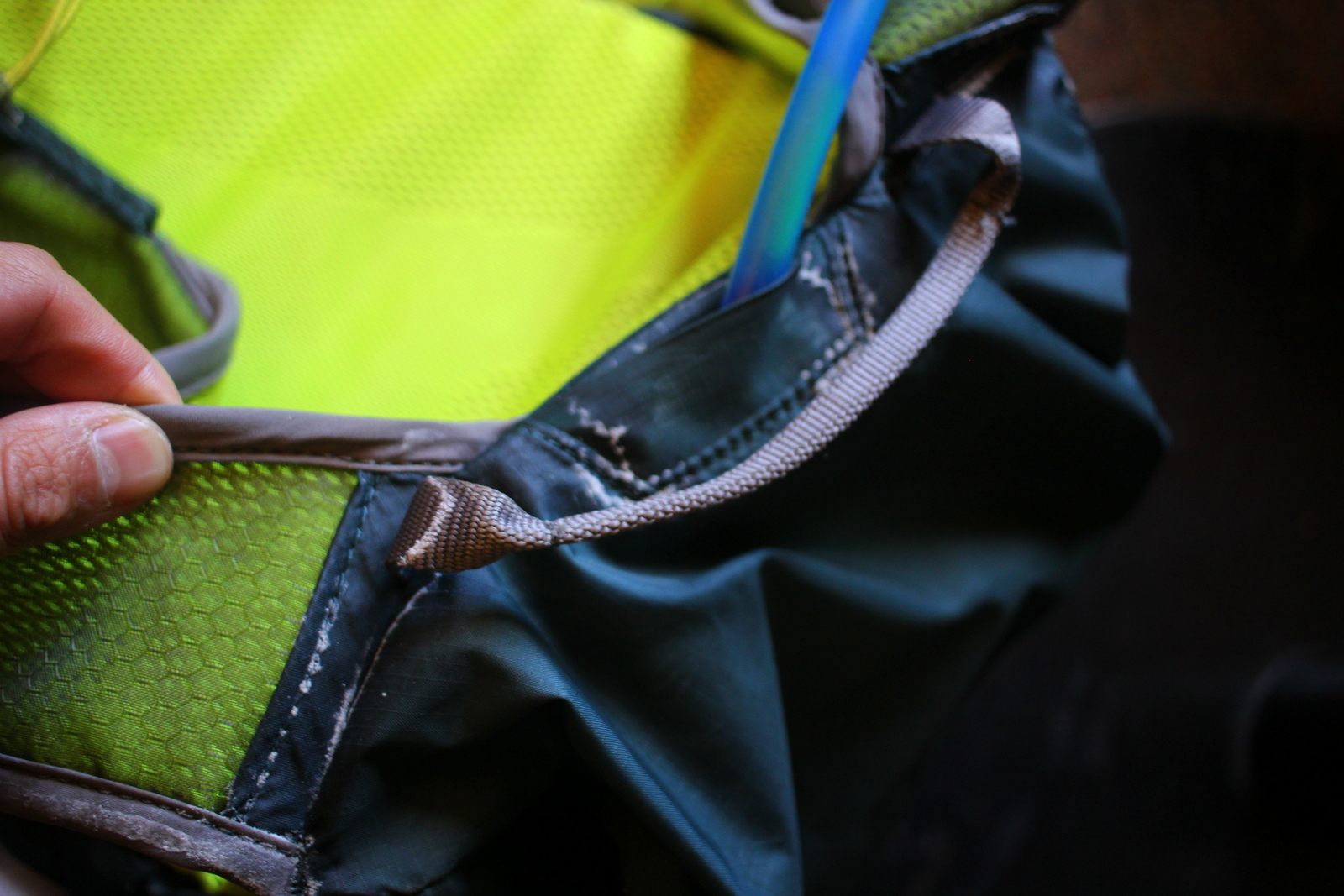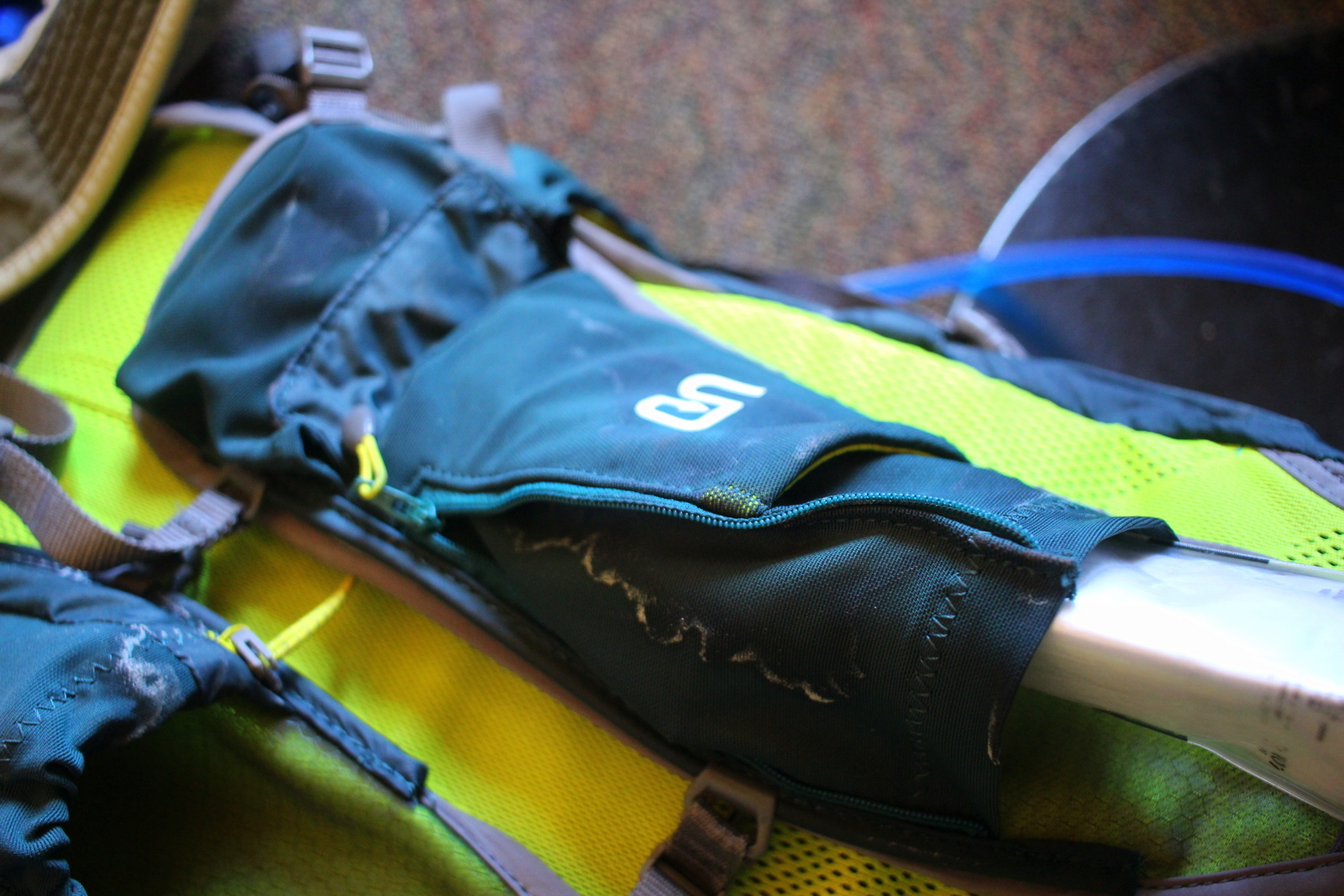At 6 a.m. this morning in Big Bend, I had to make a choice: (1) reach the Rio Grande in Big Bend but have a ridiculously long drive to Dallas afterwards and (2) head straight for Dallas and still having a long driving day. I chose the first option and couldn't be happier with that choice.
I had plans to stay with Bradshaw H., a high-school classmate, in Dallas this evening. No matter what I did, I'd be in for a long drive. From the park's exit, Dallas was about 550 miles away. But I was already over 30 miles inside the park. And I wanted to drive another 30 miles in the opposite direction on the Ross Maxwell Scenic Drive to the Rio Grande. Specifically, I'd heard that Santa Elena Canyon was a must-see, so I decided to go there.
I broke camp quickly, and hit the road by 6:20 a.m. All was dark, and I felt at peace, just as I had on my pre-dawn cruise through West Texas the day before. The miles I slowly clocked on Ross Maxwell Scenic Drive felt weird; I was driving in the most amazing part of the park, but I couldn't see any of it yet. I knew I'd be retracing my route on the way out, but still.
All the light I had to guide me was on the front of my car. That small source of light was enough to show me the type of wildlife activity that goes on while we humans sleep. Every couple minutes while cruising at 45 miles per hour, I would see another animal. First, I saw a dozen or so rabbits. Here and there, I'd see roadrunners scampering across the road. I saw a white-tailed (?) fox using the human highway as his own highway (even though I rolled close to him, he continued trotting along the edge of the road as I passed him. And, magically, for the first time all trip, I saw, and almost collided with, a lumbering black bear (one of an estimated 50 black bears living in the park).
By 7:30 a.m., the sky was beginning to wake up. I could tell rain was on the agenda today, because the clouds looked dark and ominous. But that made for a more moody and grand landscape. I snapped some photos along the way.
By 8 a.m., I'd arrived at the trailhead to Santa Elena Canyon, which is in an incredibly remote part of an incredibly remote park. The canyon itself was carved out by the Rio Grande, the river that serves as the US-Mexico border in this part of the country. I was on the US side. But if I wanted to (and signs made clear that I shouldn't do this), I could simply hop into the river, swim the 25 yards across, and be on Mexican soil.
(Santa Elena Canyon might as well have been named Rabbit's Canyon because the desert cottontails were running wild here. Every 50 yards or so, I would see a new bunny, sometimes scurrying off the road into the grass, and sometimes just sitting still in the middle of the road as I rolled quietly by. I saw close to a hundred rabbits on my drive. There were lots of roadrunners, too.)
Without any knowledge of the political history, I recognized that the landscape served as a perfect border between nations. The canyon was massive, and the high walls rose over a thousand vertical feet and extended for miles in both directions. It felt oddly reminiscent of the Great Wall in Game of Thrones. No border patrols would be needed here.
The hike to the vista in the canyon was supposed to be short, under 2 miles roundtrip. But it required crossing the Terlingua Creek, which is a tributary into the Rio Grande, and I couldn't find a place to cross the creek (without getting wet, that is). I ended up having to hike parallel to it. While standing on the creek's bank looking for a crossing point, I noticed a group of about six warthog-like animals. I'd never seen these creatures before, and didn't know their behavioral tendencies, so I shouted at them and stamped my feet. That apparently scared the crap out of them, because they scattered immediately. I got out my telephoto lens, but by the time I'd put it on, they'd already created a big gap. I later learned that these creatures were harmless javelinas.
I eventually found a drier part of the creek and crossed over towards the canyon. I hiked along the US side into the canyon. The sights were nothing short of breathtaking. This felt like the Zion Narrows on steroids. The water was a full river--a "Grand" river--and the canyon walls shot straight up into the sky.
Looking up, I could tell that the rain was going to pour at any minute. I was in awe looking at the contrast between the wisps of clouds that floated in the gap provided by the narrow canyon walls and the dark canyon walls themselves.
I'd never been to Mexico, and this was literally as close as I could get without being there (in another region of this gigantic park, there is a ferry that takes you into the Mexican town of Boquillas--passport required, if you want to return, that is).
It was also awesome to see the rest of Big Bend looking out from inside the canyon. I could even see some of the javelinas from afar.
Right as I got off the trail, the skies opened up. I was thankful that I was back in my car and on the road again, this time headed for Dallas. On the way out, I saw the landscape that I'd missed on the drive in. I saw the famous "Mule Ears", and more of the traditional Big Bend landscape.
And then I was off for Dallas. I had roughly 600 miles to go from this point. On open highway, this might take under 10 hours. But the first 60-70 miles would be inside the park, on 45 mph roads, and there would be other smaller highways I'd be jumping on and off of. I had a long day ahead of me in the driver's seat.
I-40 is not the most scenic of interstates. But, as I leapfrogged from one oil town to the next, the relentless rain clouds created an eerie and mesmerizing landscape in which to drive.
I didn't drive nonstop to Dallas. In Midland, I linked up with my friend, Lowell R., who'd had to bail yesterday on our plan to meet in Big Bend. We ate delicious Mexican food and posed by a photo of President Bush.
The rest of the day was utterly boring. The Central Texas landscape is uninspiring. Just about the only thing I saw besides the flat, barren land were oil rigs and machinery. This was obviously oil country.
I arrived in Dallas after 8 p.m. I was staying with my high school classmate, Bradshaw H., and his family.
I felt a little bit like an awkward intruder because Bradshaw's wife, Charity, was due to give birth in 36 hours (as of this writing, the family now includes a fourth kid, Blythe--congrats!). But they welcomed me anyways. While Charity put the kids to bed, Bradshaw and I caught up over TexMex.
I'd been up since before 6 a.m., and had driven 12 hours, so was utterly exhausted by the time we got home. But I knew that, the moment I'd left Big Bend, I'd ended the most epic segment of my trip. From here on out, I had exactly a week to go, and only two national parks left. My pace would slow down. I reflected on the the segment I'd just finished (which had included my Rim-to-Rim run of the Grand Canyon) and thought how much I'd done in so little time. I felt proud of the logistical feats I'd pulled off during that time to make everything happen--and without hitches!
Before I knew it, I was very sleepy. I hadn't showered or slept in a bed since four days earlier in Arizona. I'd gotten used to that state of affairs, but taking a shower and sleeping in a bed (Bradshaw and Charity were kind enough to let me sleep in their eldest daughter's bed that night) made me realize that I'd missed out on some of the better luxuries of modern life. That night, I fell asleep instantly.






























































































































































